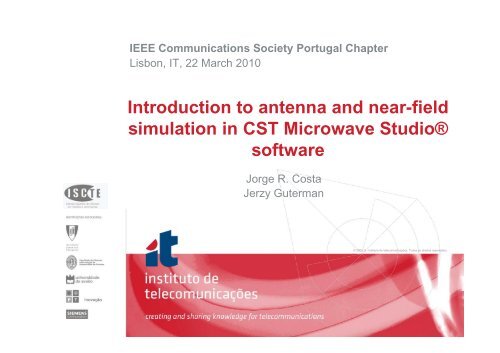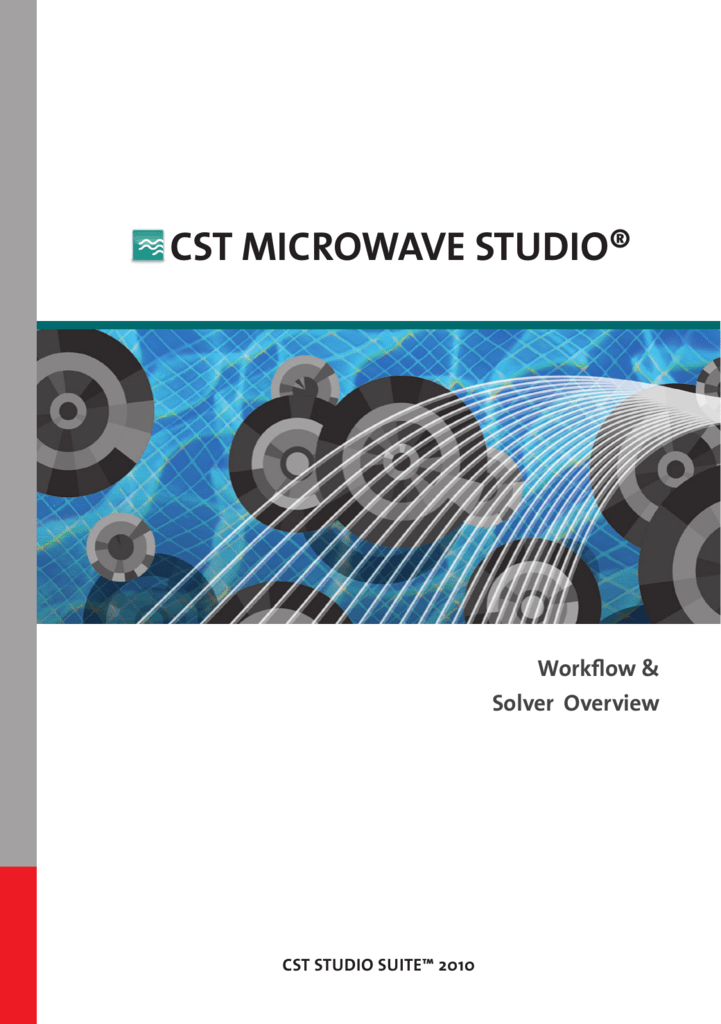

Photonic crystals are the wavelength comparable periodic dielectric/magnetic constituents arranged in one-, two-, and three-dimensions offer bandgap for e-m radiation, and exhibit anomalous dispersion such as negative refraction, self-collimation and ultra-high divergence 3, 5. The arrival of artificial e-m structures such as photonic crystals (PhCs) 3 and metamaterials (MTMs) 4 revolutionizes the FP resonator’s development and overcomes many limitations of conventional FP resonators.

A rectangular bar of silicon nanowire and dielectric nano ribbons are a few examples for supporting FP modes 1, 2. Instead of mirrors as a separate component, interface of dielectric/magnetic materials can act as a reflecting surface depending on the strength of dielectric permittivity (ε r) and magnetic permeability (μ r), and it can support FP modes in varieties of dielectric resonators. For example, a pair of mirrors separated by a distance can support selective standing wave resonance also known as Fabry–Perot (FP) resonance playing an inevitable part in spectroscopic techniques and resonant light-matter interactions. The FP modes in PhCs are scalable to other parts of e-m spectra so that the bending angle sensing can be extendable to terahertz and optical domains.Ĭonfining electromagnetic (e-m) radiation is one of the primary research objectives of photonics and a cavity resonator is a simple device to accomplish it, with features such as high quality factor, small mode-volumes, switching, filtering and so on. Based on the FP resonance in PhCs, a sensing device capable of detecting a bending angle less than \(0.05^\circ\) is demonstrated numerically.

The observed FP modes in PhCs are compared with the FP mode in an ideal indefinite slab. By varying the PhC dimension, FP modes with different spatial profiles are witnessed and the role of source position in exciting specific mode is demonstrated. Projected bandstructure, Eigen Frequency Contours (EFC), phase and group index calculations are carried out to explain the formation of FP modes in PhCs under different coupling cases. The FP modes in PhCs are surface localized, in which maxima/minima of the electric field lies along the air–PhC interface as a standing wave pattern and decays in air medium. The FP mode observed in dielectric PhCs is formed due to the interference of cylindrical wavefronts inside the PhC interface at HLD frequencies. Conventionally, FP modes are formed using an optical etalon, in which electromagnetic (e-m) waves reflecting from a partially reflecting mirror separated by a distance can interfere constructively and form a resonating mode.

In this work, we investigate the formation of Fabry–Pérot (FP) modes associated with hyperbolic-like dispersion (HLD) regimes in two-dimensional dielectric PhCs. The dispersion properties of metamaterials and photonic crystals (PhCs) lead to an intensive research in the development of cavity resonators for the confinement of electromagnetic (e-m) radiation.


 0 kommentar(er)
0 kommentar(er)
